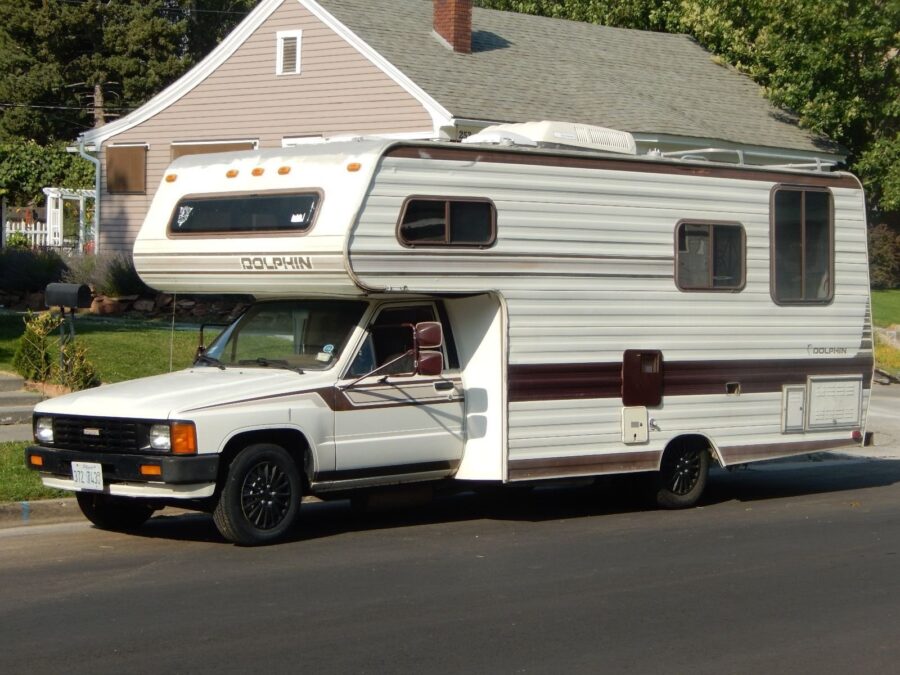Introduction: How to Permanently Hook Up an RV to a Septic System
Welcome to our comprehensive guide on how to permanently hook up your RV to a septic system. If you’re an avid traveler or a full-time RVer, having a reliable and efficient connection to a septic system is crucial for a comfortable and hassle-free experience. In this article, we will walk you through the process of establishing a permanent connection between your RV and a septic system, ensuring convenient waste disposal and minimizing environmental impact.
Before we dive into the details, it’s important to note that permanently hooking up your RV to a septic system requires careful planning, adherence to local regulations, and the right equipment. This guide will provide you with the necessary information and step-by-step instructions to ensure a successful and long-lasting connection.
By establishing a permanent hook up, you’ll eliminate the need for frequent manual waste disposal, reduce the risk of spills and leaks, and enjoy the convenience of a dedicated waste management system. Additionally, a proper connection to a septic system promotes responsible RVing by minimizing the impact on the environment and preserving the beauty of the places we visit.

So, let’s get started and learn how to permanently hook up your RV to a septic system, ensuring a seamless and sanitary experience throughout your travels!
Establishing a Permanent RV to Septic System Connection
When it comes to permanently hooking up your RV to a septic system, there are several essential steps to follow. By carefully following these steps and ensuring you have the necessary equipment, you can create a reliable and efficient connection that will make waste disposal a breeze.
Step 1: Check Local Regulations
Before proceeding with any installation, it’s crucial to familiarize yourself with local regulations regarding RV septic hookups. Different areas may have specific requirements or restrictions, such as permits or specific types of connections. Contact your local authorities or check relevant websites to ensure compliance and avoid any legal issues.
Step 2: Gather the Required Equipment
To establish a permanent RV to septic system connection, you’ll need the following equipment:
- RV Sewer Hose: Invest in a high-quality, durable sewer hose that is long enough to reach from your RV’s waste outlet to the septic system connection point.
- Adapter Fittings: Depending on the connection types, you may need adapter fittings to ensure compatibility between your RV and the septic system.
- Sealant: A reliable sealant, such as plumber’s tape or RV-specific sealant, will help prevent leaks and ensure a secure connection.
- Valves and Connections: Consider installing valves and connections that allow you to control the flow of waste and easily disconnect when needed.
Step 3: Locate the Septic System Connection Point
Locate the septic system connection point on your property or at the RV park where you plan to establish the permanent hookup. It is typically a designated area with a septic tank access point and a connection for RV waste disposal.
Step 4: Connect the RV Sewer Hose
Connect one end of the RV sewer hose securely to the waste outlet of your RV. Ensure a tight fit and use sealant to prevent any potential leaks. Extend the other end of the hose to the septic system connection point.
Step 5: Secure the Connection
Once the hose is connected, secure the connection at both ends using appropriate fittings and clamps. Double-check for any signs of leakage and make necessary adjustments to ensure a tight and secure connection.
Step 6: Test the Connection
Before using the system, it’s essential to test the connection for any leaks or issues. Slowly release a small amount of water or waste into the system and observe for any leaks or signs of improper flow. If everything appears to be working correctly, you can proceed with regular usage.
Step 7: Regular Maintenance
Maintaining your RV to septic system connection is crucial for its longevity and proper functioning. Follow these maintenance tips:
- Regularly inspect the sewer hose for any signs of wear or damage. Replace it if necessary.
- Flush the system with clean water after each use to prevent clogs and remove any residue.
- Use RV-friendly toilet paper to avoid potential clogs and ensure smooth waste flow.
- Periodically clean and sanitize the hose and connections to maintain hygiene.
Conclusion
Establishing a permanent RV to septic system connection can greatly enhance your RVing experience by providing a convenient and efficient waste disposal solution. By following the steps outlined in this guide and adhering to local regulations, you can create a reliable connection that ensures a seamless and sanitary experience throughout your travels. Remember to regularly maintain and inspect the system to prevent any issues and enjoy worry-free RVing!
0 Comments